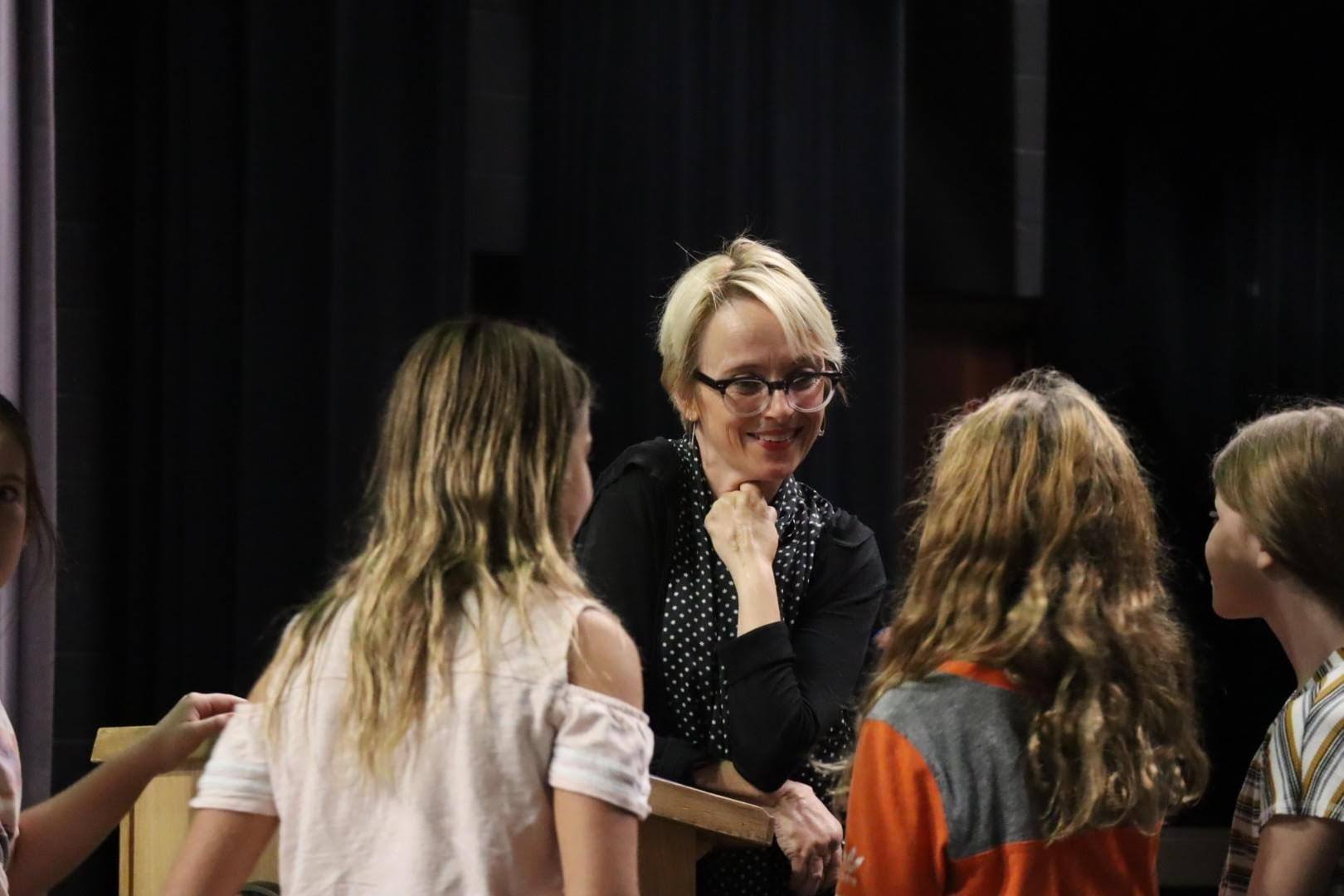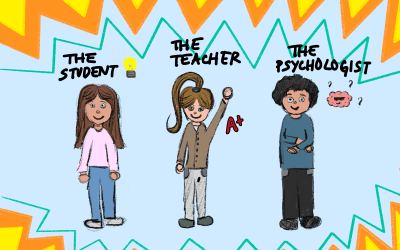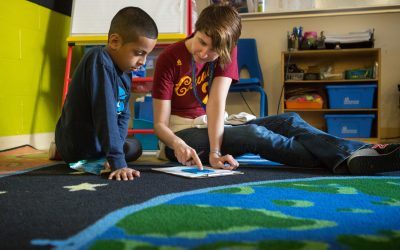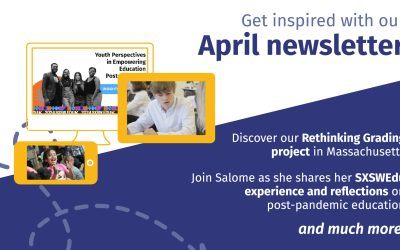Have you heard that song that goes “I wish that I knew what I know now … when I was younger?” For me, it brings to mind the Future9 Competencies, reDesign’s free and open-source framework reflecting our best thinking on competency design for lifelong learning, living, working, and contributing in a community. This tool would have been useful for me as I “grew up” as an educator. Here’s what I would tell my past teacher and administrator selves about the Future9 Competencies and their potential to serve as an organizing architecture for meaningful lessons, powerful teacher collaboration, and coherent curriculum design.

The nine future-ready competencies that anchor reDesign’s Future9 Competencies.
First-Year English Teacher
As a first-year teacher of tenth-grade English, I inherited a textbook and … that’s it. For a “unit” on Sappho, I fumbled through some poems and gave some quizzes, and then students did a project. If I could, I’d go back and use the Read the World competency to design a You: The Lyric Poet unit.Instead of a project at the end, I’d use Sappho as the entry point to an inquiry into lyric poetry in many eras and invite students to create their own lyric response to the texts, in any medium or format. The whole unit would be built around the Level 4 indicators of three skills (Find Inspiration and Ideas, Engage and Critique Perspectives, and Evaluate Use of Techniques and Technology). In this way, I could have made transparent to learners what skills they were practicing and applying in their study of Sappho.
Mid-Career Collaborator
I survived that year (and the next 13) as an English teacher. Eventually I collaborated with a math teacher to bring a dream elective to life: a cross-disciplinary class on logic, ciphers, puzzles, and codes. With the Future9 Competencies in hand, I’d go back and leverage the Reason Quantitatively competency to level up our collaboration. We could have used the level 3 indicators for Solve Problemsand Construct Explanations. Using these indicators to structure students’ reflective journaling, exit tickets, and quick conference check-ins would have made the wide transferability of these durable skills and how they apply to language-based, math-based, or visual/spatial problems so much clearer to our learners. Better yet, these indicators offer young people valuable language and practice for metacognition: unpacking, making visible, and reflecting on their often automatic thinking “moves.”

An example skill continuum from the Reason Quantitatively competency.
Administrator
I finished my in-school career as the Director of Curriculum and Instruction for a preK–12 program. One of my tasks was curriculum mapping, asking 100-plus teachers to articulate what they were doing and why. We struggled with a lack of shared language that went beyond specific content and homed in on transferable skills—the exact kind of stable, shared, discipline-agnostic language that is the centerpiece of the Future9 Competencies. It’s so gratifying to me that this is one of the things reDesign does best: create tools that support our school partners in an opportunity mapping process to discover where, when, and how often learners have the chance to learn and practice competencies in various content and disciplinary contexts.
Alas, we can’t (yet) time-travel back to my early career, when I could only learn the job the hard way, in the time it takes, while making and learning from missteps. But I hope today’s teachers and leaders feel more encouraged and less alone in their work, and can use the Future9 to spark their own creative thinking about how to organize their curriculum and instructional practice around the learning that matters most.
Featured on Big Deal Media
Join the community!
Sign up to receive our newsletter, access best-of educational resources, and stay in the know on upcoming events and learning opportunities. We hope to see you soon!




